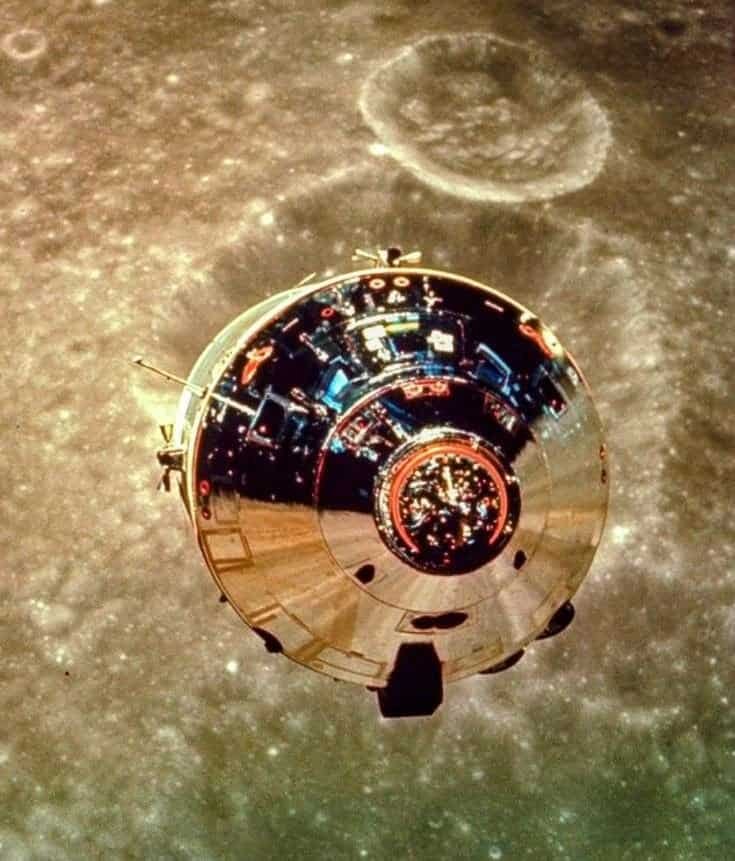Space exploration has always captivated humanity, representing the ultimate frontier in our quest for knowledge and understanding of the universe. From the early days of spaceflight in the mid-20th century to the ambitious missions planned for the coming decades, space exploration has evolved significantly. It encompasses a range of activities, from manned spaceflights and robotic missions to deep space research and the pursuit of new technologies. This article delves into the current state of space exploration, recent breakthroughs, and the future missions that will shape our understanding of the cosmos.

1.The New Space Race: Beyond Earth Orbit
Today, a new space race is emerging, characterized by a combination of government space agencies and private companies striving to explore beyond Earth’s orbit.
The program is not just about landing on the Moon; it seeks to establish a sustainable human presence on the lunar surface by the end of the decade, serving as a proving ground for future Mars missions.
It is intended to serve as a staging point for lunar missions, providing support for astronauts and acting as a hub for scientific research. The Gateway will be built in collaboration with international partners, including the European Space Agency (ESA), the Canadian Space Agency (CSA), and the Japan Aerospace Exploration Agency (JAXA).
China’s Lunar and Mars Ambitions: China has emerged as a major player in space exploration, with ambitious plans for both the Moon and Mars. The Chang’e program, named after the Chinese Moon goddess, has achieved significant milestones, including the Chang’e 4 mission, which in 2019 became the first spacecraft to land on the far side of the Moon. Looking ahead, China plans to establish a lunar research station by the 2030s. On Mars, the Tianwen-1 mission successfully deployed the Zhurong rover in 2021, making China the second country to land a rover on Mars

2.Mars Exploration: The Next Giant Leap
Mars has long fascinated scientists and space enthusiasts due to its potential for past or present life and its relatively accessible environment for human exploration. Recent missions to Mars have focused on understanding the planet’s geology, climate, and potential habitability.
NASA’s Perseverance Rover: Launched in 2020, NASA’s Perseverance rover is part of the agency’s Mars 2020 mission, designed to search for signs of ancient life and collect rock samples for future return to Earth.The rover’s suite of scientific instruments is studying the planet’s surface, atmosphere, and geology, while its companion helicopter, Ingenuity, has demonstrated the feasibility of powered flight in the thin Martian atmosphere.
Mars Sample Return Mission: One of the most ambitious future missions planned by NASA and the ESA is the Mars Sample Return (MSR) mission, which aims to bring samples collected by Perseverance back to Earth.The MSR mission is expected to provide unprecedented insights into Mars’ history and its potential for life.
Elon Musk’s Vision and SpaceX’s Starship: SpaceX, the private space company founded by Elon Musk, has set its sights on Mars colonization. Musk’s vision involves using the Starship spacecraft, currently in development, to transport humans to Mars and establish a self-sustaining colony. The fully reusable Starship system is designed to reduce the cost of space travel, potentially making interplanetary exploration more accessible. Although the timeline for such ambitious goals remains uncertain, SpaceX’s efforts have accelerated interest and investment in Mars exploration.

3.Deep Space Missions: Probing the Far Reaches of the Solar System
While much attention is focused on the Moon and Mars, space agencies and private organizations are also exploring the outer solar system and beyond. These deep space missions aim to answer fundamental questions about the formation and evolution of the solar system, the nature of distant celestial bodies, and the potential for life elsewhere.
NASA’s James Webb Space Telescope (JWST): Launched in December 2021, the James Webb Space Telescope is the most advanced space observatory ever built. Positioned at the second Lagrange point (L2), approximately 1.5 million kilometers from Earth, JWST is designed to observe the universe in infrared wavelengths, allowing it to peer through dust clouds and study the formation of stars and galaxies. Its primary goals include studying the atmospheres of exoplanets to search for signs of habitability and analyzing the first galaxies formed after the Big Bang.
These missions have provided unprecedented insights into the outer planets, their moons, and the heliosphere—the bubble-like region of space dominated by the solar wind.
Exploration of Asteroids and Comets: Missions such as NASA’s OSIRIS-REx, which recently returned samples from the asteroid Bennu, and ESA’s upcoming Hera mission to the binary asteroid Didymos, aim to study the building blocks of the solar system. These missions provide insights into the early solar system’s conditions and help assess the potential threat of asteroid impacts on Earth.



